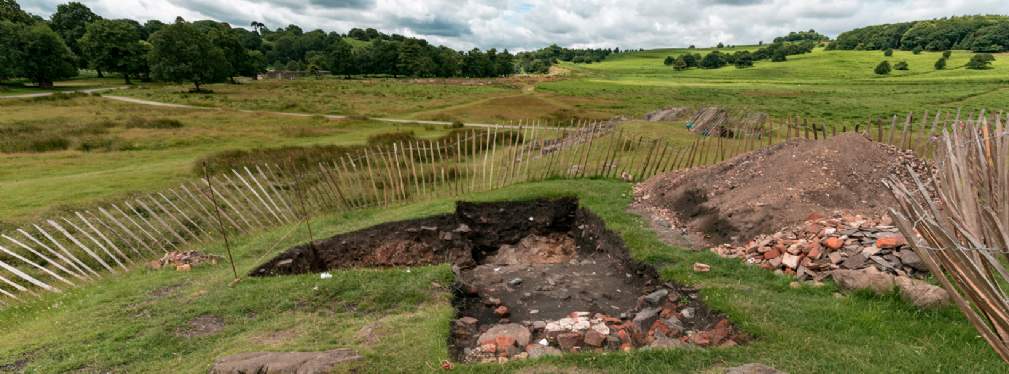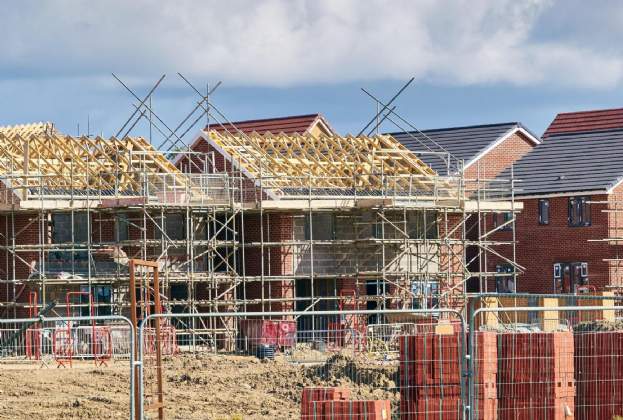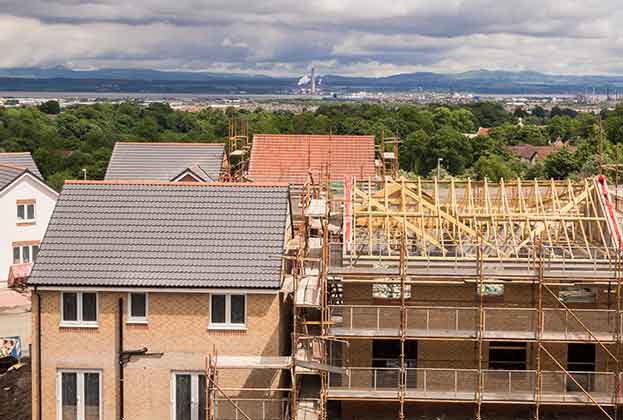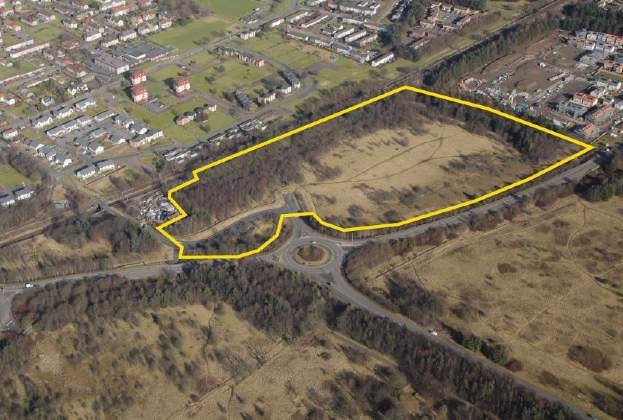From humble shards of daily life to spectacular finds, the history of human habitation is hidden below ground. It’s no surprise, therefore, that in areas of known or potential archaeological interest, checks are needed before development can take place.
In England, the National Planning Policy Framework (NPPF) states that in such cases, local planning authorities should require developers to submit an archaeological desk-based assessment (ADBA) and, where necessary, a field evaluation. Landowners may also wish to commission an ADBA in order to gain a better understanding of their site prior to considering development proposals.
An ADBA typically focuses on below-ground archaeology but may also include an assessment of the built historic environment and historic landscape. It is similar to a Heritage Statement and it is possible that a combined report may satisfy requirements, depending on the nature of the site and what is being proposed.
The report evaluates the known historic environment through primarily using the Historic Environment Record as a starting point, which contains information about previous archaeological works and investigation, historic buildings, landscapes, finds and a whole range of other factors associated with the human past.
In addition, an ADBA should include:
- evaluation of historic mapping and documents, possibly held by the local archives office
- aerial photography, which may indicate land use or patterns of settlement or activity over time
- a consideration of geology and soils, hydrology and topography; and
- assessment of relevant published and unpublished reports for the surrounding area.
As an initial assessment tool, an ADBA can help identify known archaeological remains, features or heritage assets, as well as the potential for these to exist. This knowledge can inform next steps, weigh up potential risks, and ensure development avoids or mitigates harm. The results of an ADBA can have a positive influence on proposals, and the design process can celebrate the history of a site.
The ADBA may also be used to inform subsequent and more focused on-site archaeological investigations and help discussions with the local authority’s archaeological advisor. If not provided before an application, an ADBA may be requested to discharge a condition of a planning approval.

.jpg)

.jpg)

.jpg)
.jpg)
-rs.jpg)


